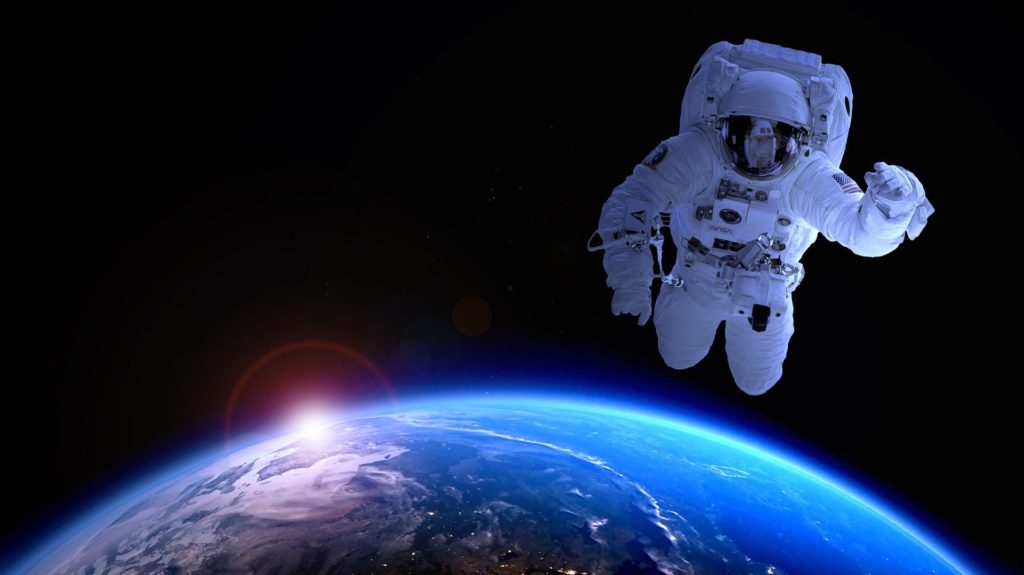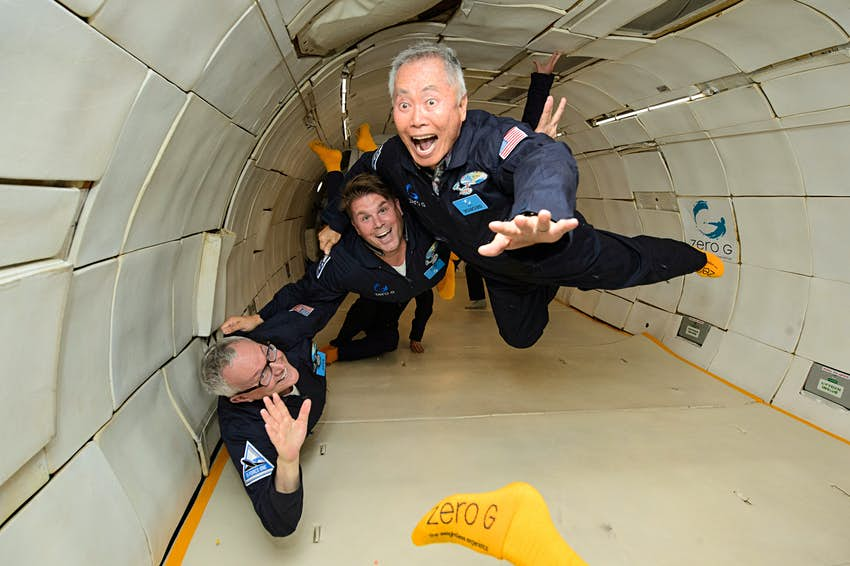
Our last two posts dealt with mental and physical preparation for a journey to outer space. Today, we’ll talk about weightlessness training.
Have you wondered what it would be like to be an astronaut floating around in the space station? Does the question “why do the astronauts float?” cross your mind? Many say it is because there is no gravity in space. This is not true as gravity is everywhere, even in space.
What is happening in space is that there is nothing to counteract the effect of gravity. There are no opposing forces to hold you up, so you fall freely.
When you attempt to stand in space, there’s a reaction force from the ground that gives you a feeling of weightlessness. It is the feeling of counteracting the effect of gravity when your body experiences no counterforce.
When we are in freefall or not in contact with the earth, we experience weightlessness. Freefall is a consequence of weightlessness. When astronauts travel beyond the earth’s atmosphere, they experience weightlessness.
Training Methods
NASA uses parabolic flights to train astronauts for the space environment. This “Weightlessness Training” mimics the agitation of free fall.

Weightlessness training prepares the body for the atmosphere of outer space. Other areas of training include:
● The basics of space shuttling
● Core-building training
● Muscle atrophy exercise
Many things in space differ from the norm on earth, so astronauts need to prepare and train their bodies to adjust. Neutral buoyancy and parabolic flight are two frequently-used training techniques. They help determine if astronauts and equipment can work in microgravity.
Trainers use huge tanks of water for the neutral buoyancy method. These tanks contain millions of liters of water to create a space-like environment. Water can be a good substitute for space. I am sure you have realized how hard it is to walk in the water and how slowly your feet move. In a way, this replicates the movement in space since the water’s resistance makes it harder to move but easier to remain still.
Neutral buoyancy means that an object’s density is equal to that of the liquid. It neither floats nor sinks. NASA engineers cover robotic arms with styrofoam to test them underwater because they are quite dense. Anything that is less dense in the water is attached to weights so that it wouldn’t float to the surface. Once everything is neutrally buoyant, the objects can move in all directions as they would in space’s microgravity.
More on Parabolic Flights
Parabolic flight means that you feel lighter than usual, and it is a temporary version of a free fall. These flights are done on special “G-zero” planes, which create the effect of microgravity. The acceleration of the plate cancels out the acceleration of the components inside it due to gravity.
For this method, the pilot flies the plane at fluctuating frequency levels to give your body varying degrees of weightlessness.
Parabolic flights are useful for instrument testing because it takes place in the air and not water. There are some drawbacks to this method, though. It’s expensive, and it has a 30 second time limit, which means that it is not suitable for training for long tasks. One task not suited for parabolic flight training is simulating a spacewalk.
The different methods may seem odd, but weightlessness training is necessary to prepare to go to outer space. Are you interested in space flight? If so, you’ll need to find a facility that offers weightlessness training to prepare you for the microgravity of outer space.
